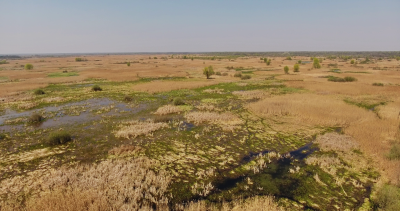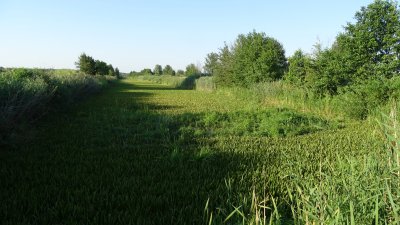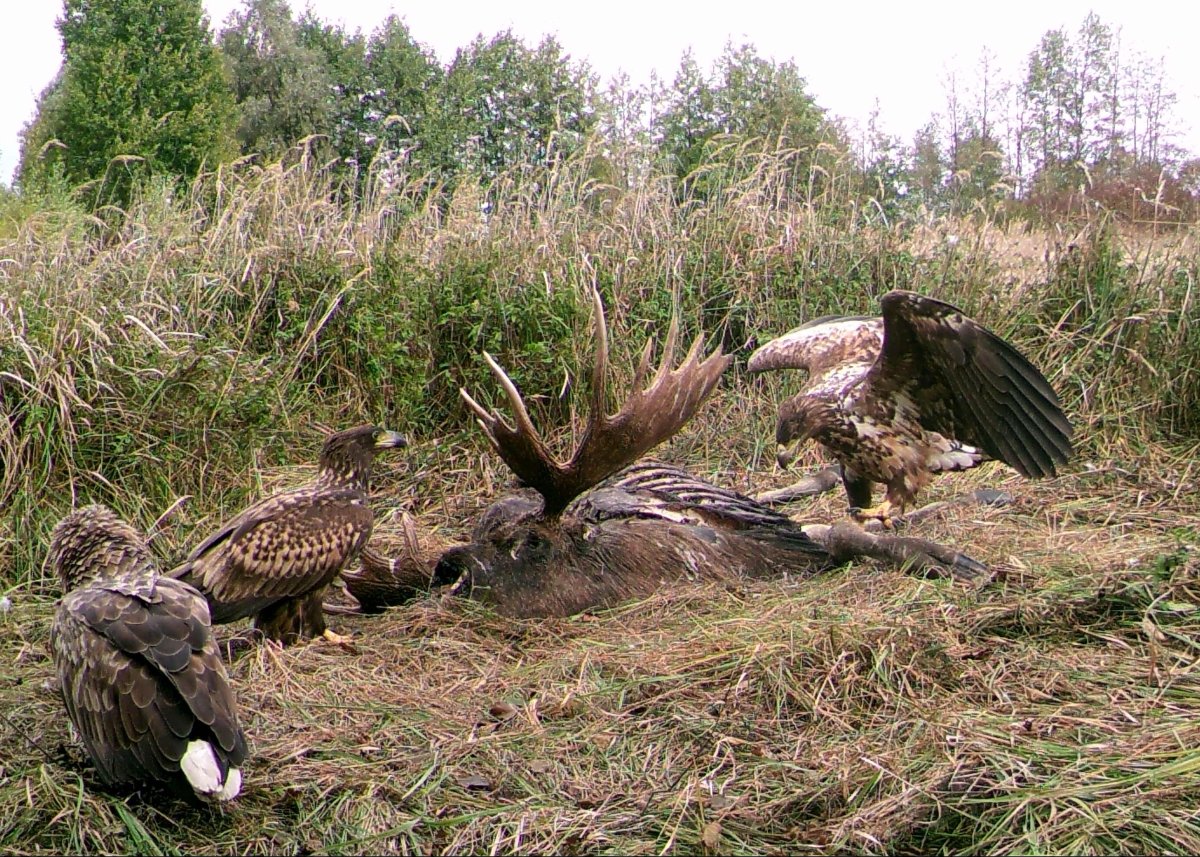The Chernobyl Exclusion Zone has become a haven for a rare species of endangered eagles, a study has found.
The study, published in the journal Restoration Ecology, found that although Greater Spotted Eagles were completely extinct in Western Europe before the nuclear disaster in 1986, they have now colonized the exclusion zone and increased in numbers.
Following the Chernobyl disaster, an area covering approximately 1,000 square miles was cordoned off by authorities. For 35 years, the public has not been permitted inside the exclusion zone. Despite the radiation, rare and endangered animals have thrived in the Cherbonyl exclusion zone because of the lack of human disturbance.




In the latest study, researchers explored the return of birds in the zone, and monitored the "rewilding" of the area over a 22 year period starting 12 years after the disaster.
Researchers found that because of the rewilding of the area, there are now wetter habitats in the zone for eagles to thrive. Between 1999 and 2017, they found wetland and bogs "substantially increased" in area by 680 percent, meaning better habitats for birds of prey. Forest also increased by 14 percent.
In 2019, there were four breeding pairs of Greater Spotted Eagles within the study plot, and at least thirteen pairs present within the exclusion zone. The species is currently endangered in Europe,, with less than 4,500 breeding pairs on the continent. Globally, it is listed as a species vulnerable to extinction.

Study author Adham Ashton-Butt, from the British Trust for Ornithology, told Newsweek that this particular species of eagle is rare and declining globally. "As wetlands have been drained throughout Europe for agriculture, this species has been lost," he said. "It preys on many species that have heavily declined in Europe, such as water voles and wading birds.
"There is still a relative stronghold in the wetlands of Belarus, the most intact in Europe for this species, but it is still declining with increasing effects of historical drainage and disturbance of new roads, forestry activities and berry harvesting."
As well as Greater Spotted Eagles increasing in numbers, the team also found White-tailed Eagles—which were locally extinct before the disaster—had established a presence there.

"The colonisation of Greater Spotted Eagle and its continued increase in abundance is one of the most remarkable findings of our study," the team wrote.
"These trends are the opposite of what happens when a habitat is degraded and shows the natural recovery of the ecosystem after intensive human use before the accident," Ashton-Butt said. "This change in habitat and species occurred with very little human influence and shows that by reducing human pressures, nature can recover with little or no management by people."
Uncommon Knowledge
Newsweek is committed to challenging conventional wisdom and finding connections in the search for common ground.
Newsweek is committed to challenging conventional wisdom and finding connections in the search for common ground.
About the writer
Robyn White is a Newsweek Nature Reporter based in London, UK. Her focus is reporting on wildlife, science and the ... Read more
To read how Newsweek uses AI as a newsroom tool, Click here.








